There is no dearth of intellectuals and strategic experts deliberating on the post-370 Kashmir and the emerging trends in militancy. In the intellectual milieu, overwhelmingly dominated by Kashmir-centric militancy, often, Jammu never gets its due attention. Over the years, it has become a trend to sideline Jammu region from J&K-focussed strategic brain-storming.
However, it must be understood that the Jammu region is no less critical from the security perspective of the entire region for at least two reasons- firstly, it has an international border with Pakistan, and secondly, it has a substantial Sikh population which Pakistan aims to radicalise as part of its Kashmir-2-Khalistan (K2K) project. There are others too like convenient infiltration routes from the Punjab borders right up to the Poonch-Rajouri segment; the well settled border population as target for harassment; adjoining hilly terrain as convenient hide out an the vast terrain of Doda-Kishtwar region to operate in. It is for these reasons it becomes essential to explore and analyse the reaction of ordinary people to the abrogation of article 370.
Historical Background
The state of Jammu and Kashmir since 1947 witnessed, if not outright animosity, at least an underlying streak of bitterness and communal polarisation between the two regions of Jammu and Kashmir. After the state’s accession to India, Jammu's dominant perception has been that of Hindu Dogra king’s losing power to the valley-based Muslim leadership. Over the last seven decades, the political, social, and intellectual elites have felt that valley-based leadership has been and should continue to be the dominant player in the state's politics, administration, and academia.
Since Kashmir came with unique political complexities directly impacting India's sovereignty, it continued to get Delhi's special attention regarding resources and communication. Yet, the valley-based leadership accused Delhi of being partial in favour of the Jammu region.
Besides, the mainstream and separatist politics in Kashmir, over the years, got heavily Islamist and anti-India. As the valley-based leadership got heavily Islamised, it had its reaction. It created a fertile ground for the Hindu nationalist political groups in the Jammu region to get organised in an effort to assert their rightful status. They tried to capitalise on the sentiment of discrimination, and step-motherly treatment meted out to the Jammu region, which further accentuated the bitterness between the two regions, resulting in the demand for the separation of the two regions.
Reaction to Abrogation of Article 370
Initially, the August 5 2019 announcement of the abrogation of Article 370 was received with great enthusiasm in the Jammu region. The BJP had gradually become a dominant political player in the region over the last four decades. The removal of Article 370 was a part of their election manifesto since 1950. It was seen by the comman man as the promised utopian solution to 'all the miseries' of the Jammu region. Secondly, the abrogation also seen as a humiliation of the Kashmir-based leadership, which, indeed, pleased many sections of the Jammu society.
However, within a few months, frustration and discontentment started to set in among the people of the Jammu region for myriad reasons. They feel that over the last three years (of the Governor's rule), the state's bureaucracy has become supremely powerful, arrogant, and insensitive. Young people (aged 25-50) in the Samba, Kathua, Jammu, Reasi, and Akhnoor areas, in the course of casual conversation recently, opined that previously they used to approach the local politicians during the BJP -PDP government to get their problems sorted out with the officialdom at the civil secretariat. However, now the politicians have minimal influence and are almost defunct. They have virtually no access to the all-powerful bureaucracy of the secretariat1. Even among the local level BJP leaders, there is a sense of dissatisfaction at being powerless vis-à-vis the bureaucrats2.
Further, after the change in the land laws allowing outsiders to purchase land in Kashmir, there is a sense of insecurity, apprehension, and anger in the Jammu region. The people feel that previously they faced discrimination because the Kashmir region grabbed most of the jobs. Now, they suspect they will be worse off because better-qualified outsiders will give them tough competition in state-level examinations. Besides, among the business groups, there is a feeling that the outsiders will not buy property in the Kashmir region because of the conflict situation and threats by the militants. They will more likely concentrate in the Jammu region resulting in the residents losing their lands to outsiders.
This fear of outsiders settling in the Jammu region is further accentuated by Jammu's colonisation by valley-based Muslims, including the migrant Gujjar Muslims, over the last 30-35 years. According to the report prepared by Ekjutt Jammu, a Jammu-based NGO, 50 lakh canals of land, including large tracts of forest lands, have been illegally given to Muslim religious organizations by PDP, NC (National Conference), and Congress-led state governments3. Such illegal settlements were facilitated by the Roshni act, which was repealed by the former Governor Mr. Satya Pal Malik, after a thorough investigation into the several allegations of illegal encroachments in November 20184. As of the current status, the state High Court has asked for land return in 25,400 cases of illegal land transfer under the scheme. In the Kashmir region, the figure is merely 45005. Besides, 100 plus mosques have come up in Jammu from mere three mosques in 19946. Entirely new townships have come up in Sidra, Bhatindi, and Tawi bed areas of Jammu7. According to the locals, the Muslim settlements have emerged as part of a strategic design to alter Jammu's demography and support Muslim settlers from the valley near the border area who can act as force multipliers in the event of a war between India and Pakistan.
Post-370, investigation into the massive allegations of corruption in the ‘Roshni’ scheme and the subsequent court orders have, to an extent, allayed the fears of demographic transition in favour of Muslims in the Jammu region. However, the locals are unhappy with the prospects of outsiders buying property and settling in the Jammu region.
Lastly, the people in the Jammu region feel that the ideal situation would have been the separation of the Jammu region from the Kashmir region and creation of a separate Union Territory or a state, including the districts of Pir Panjal and Chenab valley (Doda, Kishtwar, Poonch, and Rajauri), where Pakistan's proxy extremist groups like Jamaat-i-Islami have made deep inroads in the last couple of years.
In Jammu's social and political circles, there is a feeling that even under the new constitutional arrangements, the Kashmir-based leadership will continue to dominate, and they will consequentially, continue to be denied their rightful due. Besides, they also feel that in Kishtwar and Doda, the Hindu community will face another forced exodus due to the massive penetration of Pak-supported Wahhabi extremists and terrorist groups8. The area was a hotbed of militancy in the 1990s. By the mid-2000s, the area became militancy-free. However, in 2018-19, the Kishtwar region witnessed a spate of Hindu leaders' killings in terrorist violence, which further aggravated the local Hindu community's fears9.
The Reaction in the Kashmir Valley
Though this write up primarily aims to focus on the Jammu region's reaction, the discussion cannot be complete without a brief review of the developments in the Valley. After the abrogation of Article 370, the security and administrative affairs have been efficiently managedby the Security Forces (SFs) and the civil administration. There was no shortage of essential supplies. Medical facilities have inproved. Barring a few minor incidents, there were no civil protests. It can be attributed to the intense crackdown on militancy and terror financing infrastructure before the abrogation of Article 370. Initially, people were happy because the mainstream leaders were arrested, whom the ordinary people blamed for poor governance, corruption, and militancy.
In the last one-and-a-half year, Kashmir valley has remained relatively peaceful. However, it does not suggest that the state has reached the stage of durable peace. After the abrogation, Pakistan tried hard to orchestrate terror attacks and large-scale civil protests. However, lack of response from the people and the tight security conditions failed Pakistan's attempts. Having realised its limitations in the post 370 phase, Islamabad changed tactics.
First and foremost, it began sidelining the local terrorist groups like Hizbul Mujahidin. It strengthened the foreign terrorist groups like Lashkar and Jaish, over whom the ISI has a better grip. Secondly, it created many new terror outfits with secular names like "The Resistance Front." It was done to sustain the momentum and evade the scrutiny of the Financial Action Task Force (FATF). Thirdly, Pakistan, in close cooperation with Turkey, waged an aggressive propaganda war against India. The was at both local and international levels.
Erdogan and Imran Khan launched a tirade against India to embarrass the latter on the human rights front by using lies and fake information in the international forums. In Kashmir, they tried a new strategy which included spreading fake information, disseminating lies, creating insecurities around baseless issues like the new land laws and demography change, and releasing music videos and rap videos. The underlying idea was to capture young minds, including the relatively moderate and secular voices. The music videos are provocative, one-sided, and deceitful; however, they are appealing and convincing because of their sophistication. Turkey's web series "Dilris Ertugrul" has become a massive rage in Kashmir, further radicalising the people. Further, all this coincided with the continuation of security and communication lockdown, bureaucratic apathy, and lack of perceptible changes on the governance front.
As a result, one can witness growing alienation and resentment. Lately, terrorist attacks have risen. The terrorist groups target the people who are acquiring domicile rights to convey a message that outsiders will not be tolerated.
However, despite Pakistan's shenanigans, the government's true intent behind abrogating Article 370, i.e., provide good governance and economic development, is reaching the ordinary people. One can witness the slow emergence of an alternate narrative in Kashmir. The new narrative is reflected in the rise of new young leaders like Javed Trali, Tauseef Raina, Junaid Mir, and Sajid Yusuf. New independent media houses like "Real Kashmir" and independent think tanks like Jammu and Kashmir Policy Institute have come up. They prefer to talk about development, governance, and drug-addiction issues. It appears that the new generation wants to leave the violence behind and embark on the journey to economic prosperity.
However, such developments are unsettling the Pak-based terror masterminds dedicated to sustaining terror in Kashmir. Reportedly, they have issued instructions to the hidden cadre of Jamaat-i-Islami to strengthen their ground and intensify radicalisation. The long-term objective is to orchestrate massive social unrest leading to an embarrassing human rights situation for India. Further, in the light of India's worsening ties with China and increasing prospects of a twin-front war, large-scale social unrest can be a significant obstruction in the movement of Indian forces, heightening its vulnerabilities.
Conclusion
To conclude, it can be argued that though the UT government is rolling out developmental schemes, the fears and uncertainties around losing property, compounded by the political vacuum and bureaucratic apathy and arrogance, are decisively shaping widespread dissatisfaction and anger. Further, the economic developmental schemes will have a gestation period to show the on-ground noticeable changes. Hence, the state government needs to be efficient in its communication strategy, and undoubtedly, it needs a far more systematic and effective outreach to know the people's pulse. Finally, Delhi has to continue the action against the terror ecosystem with enhanced vigour and commitment.
Endnotes
- Based on author’s focus group interviews and interactions with a group of 50 people (aged25-50) in Jammu, Kathua, Samba, Reasi and Akhnoor
- Based on author’s interview with a senior civil servant who served as Deputy Commissioner of Jammu. He shared his thoughts on the condition of anonymity.
- Majumder, Abhijit, “Dark Side of Jammu’s Roshni Scheme Emerges, New Demographic Wars loom Over Kashmir and Ladakh Too, “ First Post, Feb.23, 2020, Accessed: Feb.6, 2021; URL: https://www.firstpost.com/india/dark-side-of-jammus-roshni-scheme-emerges-new-demographic-wars-loom-over-kashmir-and-ladakh-too-8077211.html
- Ibid.
- Ibid.
- Ibid.
- Ibid.
- Pandya, Abhinav, “View: Militancy in Kashmir, Not Yet Over,” The Economic Times, July 29,2019, Accessed: Feb. 5, 2020; URL: https://economictimes.indiatimes.com/news/defence/view-militancy-in-kashmir-not-yet-over/articleshow/70434890.cms
- Ashiq, Peerzada, “RSS Leader, PSO Killed in Militant Attack in Kishtwar, Curfew Imposed,” The Hindu, April 10, 2019, Accessed: Feb 5, 2020; URL: https://www.thehindu.com/news/national/other-states/gunmen-open-fire-at-rss-leader-pso-in-kishtwar/article26779680.ece
(The paper is the author’s individual scholastic articulation. The author certifies that the article/paper is original in content, unpublished and it has not been submitted for publication/web upload elsewhere, and that the facts and figures quoted are duly referenced, as needed, and are believed to be correct). (The paper does not necessarily represent the organisational stance... More >>
Image Source: https://d2r2ijn7njrktv.cloudfront.net/IL/uploads/2019/08/10173147/article-370-21.jpg

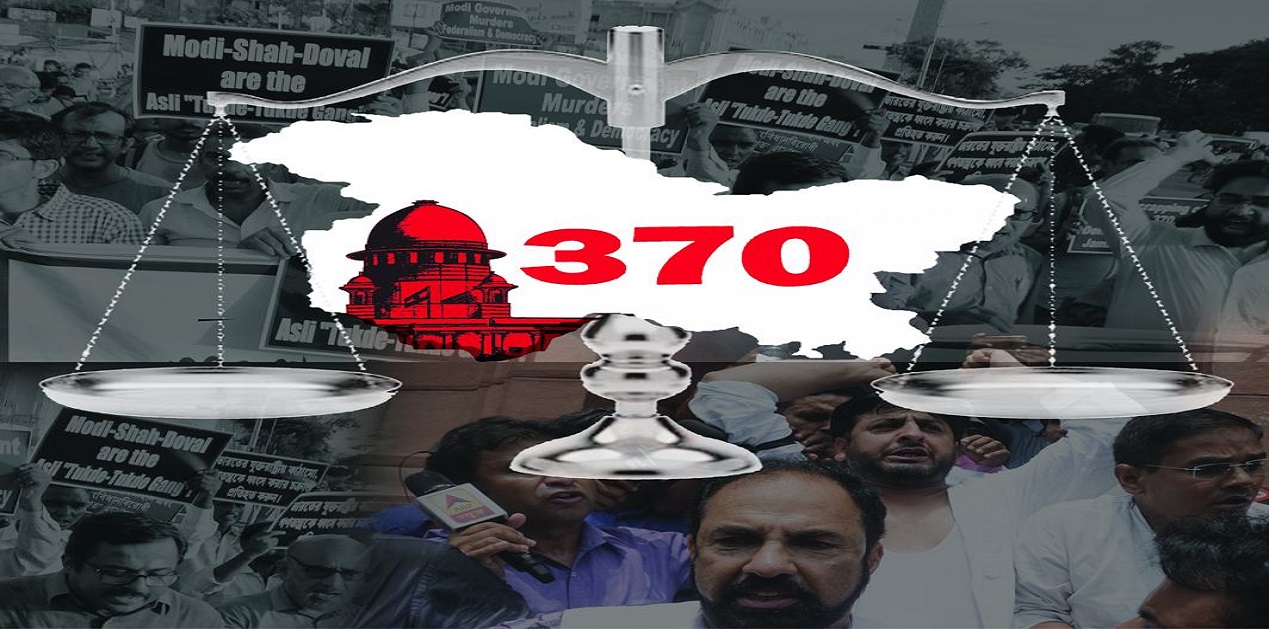


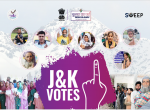


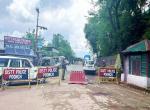

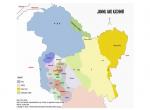
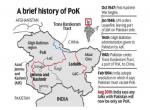
Post new comment